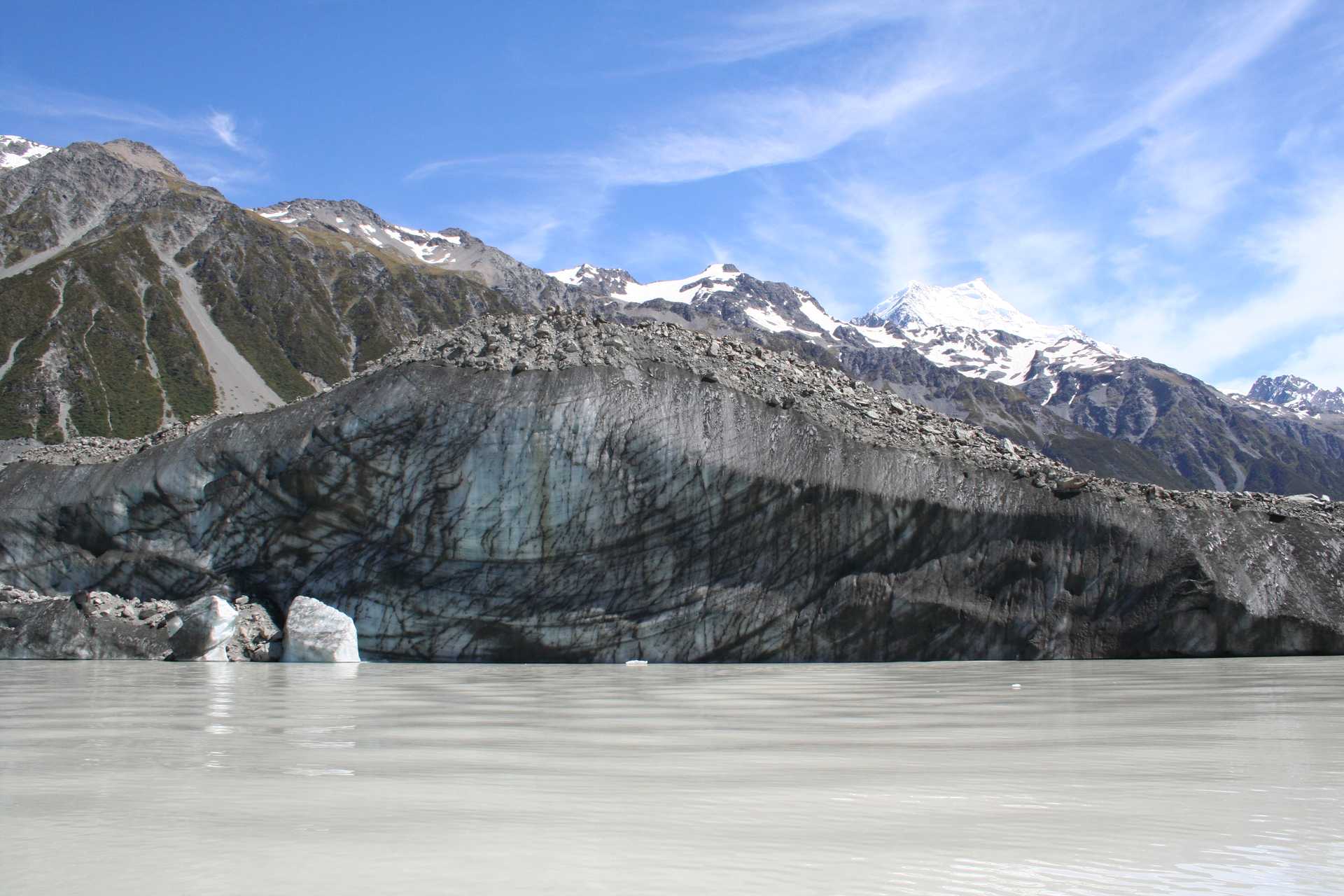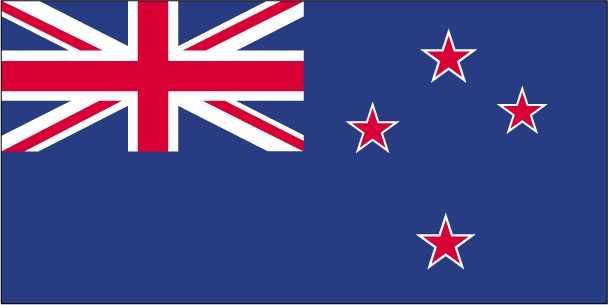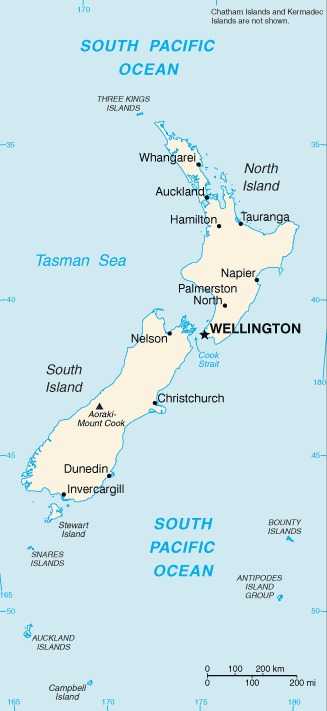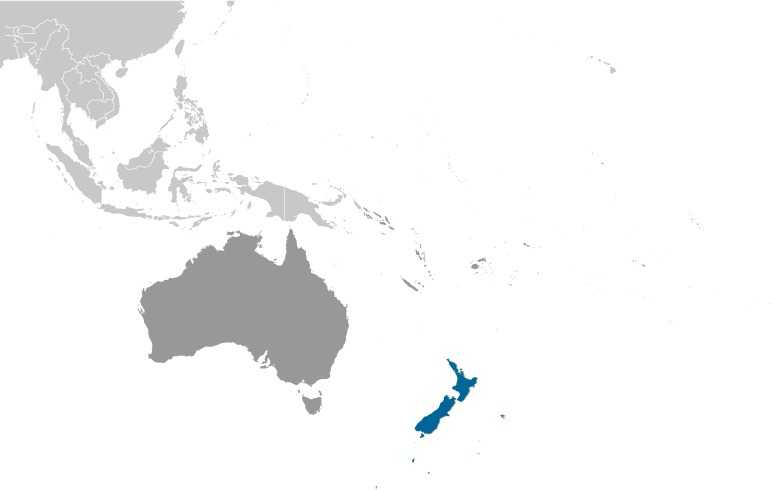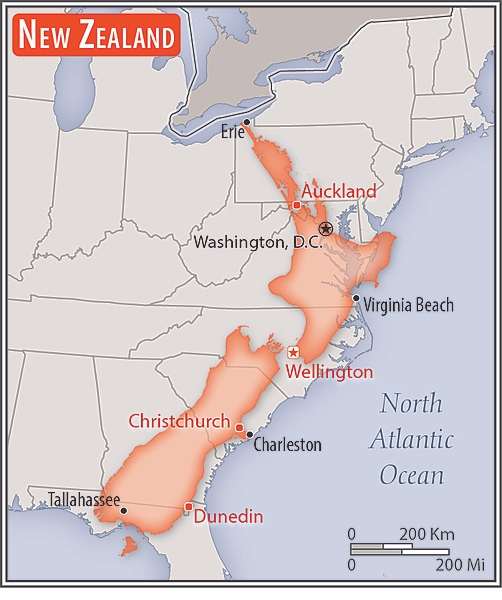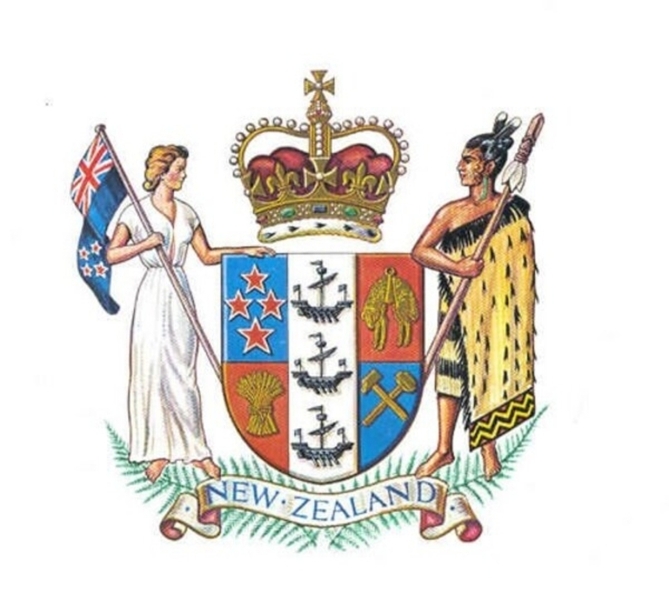Introduction
Visit the Definitions and Notes page to view a description of each topic.
Geography
People and Society
Population
comparison rankings: total 125; male 125; female 125
Median age
comparison ranking: total 80
Population growth rate
comparison ranking: 96
Birth rate
comparison ranking: 137
Death rate
comparison ranking: 126
Net migration rate
comparison ranking: 29
Maternal mortality ratio
comparison ranking: 161
Infant mortality rate
comparison ranking: total 199
Life expectancy at birth
comparison ranking: total population 23
Total fertility rate
comparison ranking: 131
Obesity - adult prevalence rate
comparison ranking: 22
Alcohol consumption per capita
comparison ranking: total 32
Tobacco use
comparison ranking: total 127
Education expenditure
comparison ranking: Education expenditure (% GDP) 54
Environment
Carbon dioxide emissions
comparison ranking: total emissions 70
Government
Economy
Real GDP (purchasing power parity)
comparison ranking: 67
Real GDP growth rate
comparison ranking: 192
Real GDP per capita
comparison ranking: 42
Inflation rate (consumer prices)
comparison ranking: 90
GDP - composition, by sector of origin
comparison rankings: agriculture 113; industry 134; services 45
Industrial production growth rate
comparison ranking: 147
Labor force
comparison ranking: 108
Unemployment rate
comparison ranking: 85
Youth unemployment rate (ages 15-24)
comparison ranking: total 82
Public debt
comparison ranking: 90
Taxes and other revenues
comparison ranking: 5
Current account balance
comparison ranking: 186
Reserves of foreign exchange and gold
comparison ranking: 61
Energy
Electricity
comparison rankings: installed generating capacity 65; consumption 58; transmission/distribution losses 139
Energy consumption per capita
comparison ranking: 33
Communications
Telephones - fixed lines
comparison ranking: total subscriptions 82
Telephones - mobile cellular
comparison ranking: total subscriptions 116
Broadband - fixed subscriptions
comparison ranking: total 63
Transportation
Merchant marine
comparison ranking: total 84
